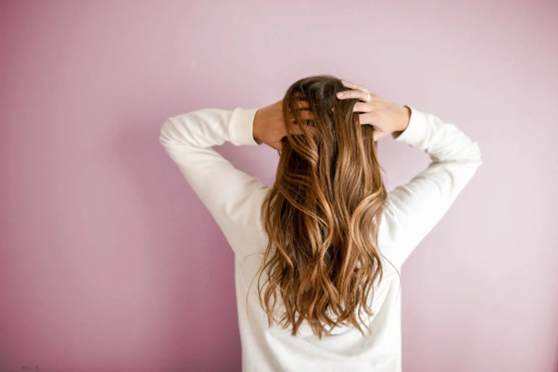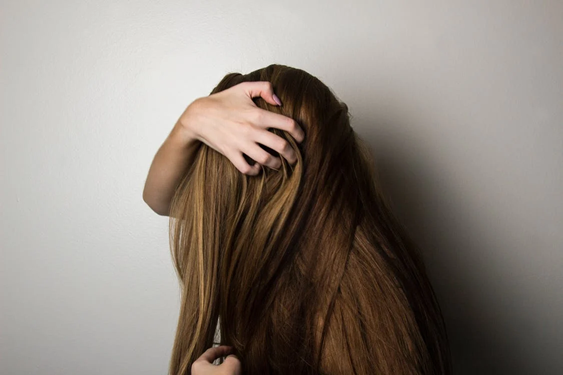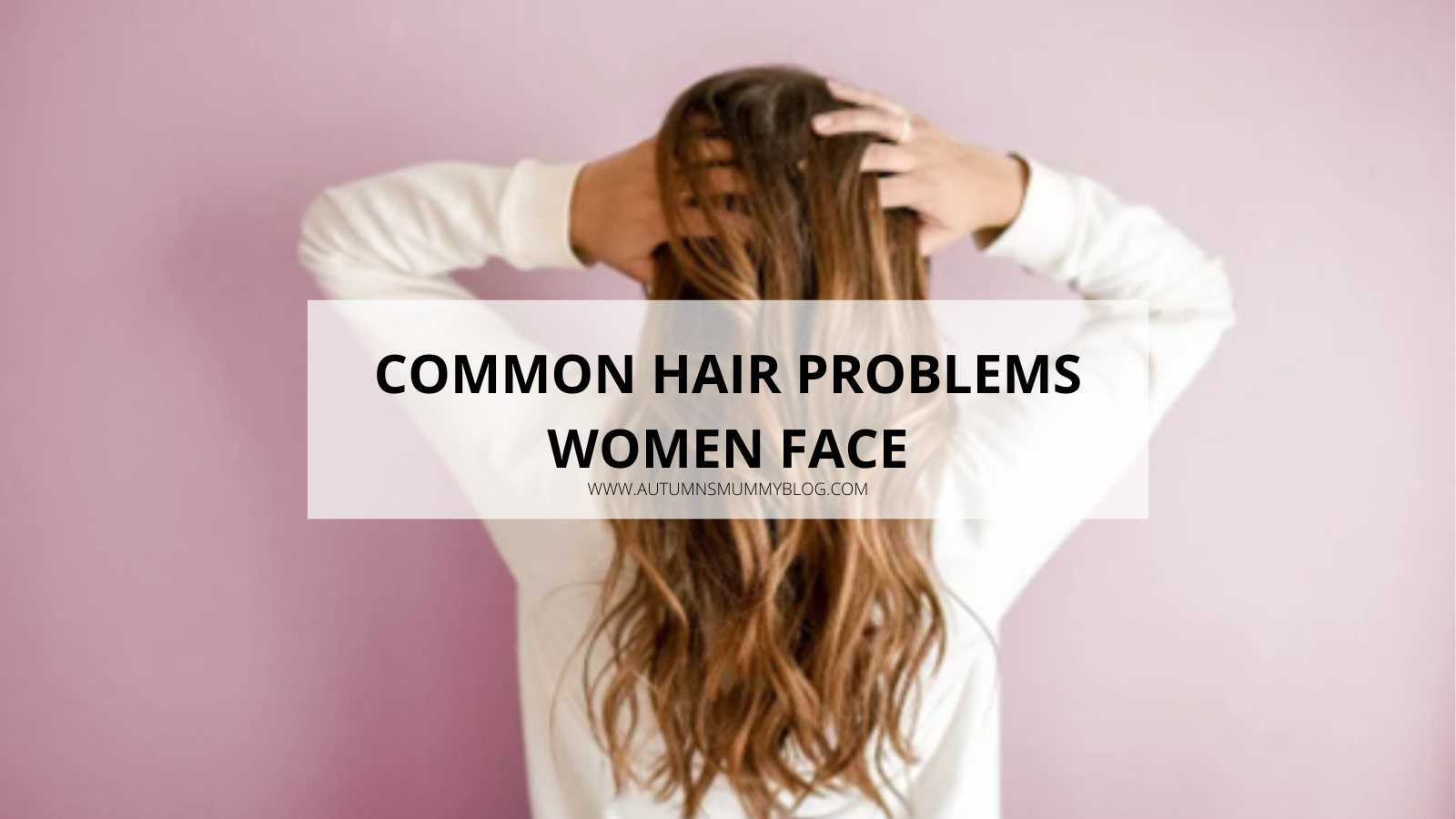Collaborative Post¦ Your hair is essential to your appearance and one of the first things people notice about you. Moreover, it can boost your self-confidence, enhance your beauty and set you apart from the crowd. Indeed, hair care is popular among British women, as they spend approximately £10 billion on hair products and cosmetics. However, it’s not unusual for people to get hair problems. Here are some hair conditions people have and how to treat them.
- Hair loss or alopecia

While hair loss is common among men, women aren’t immune to it. The NHS revealed that 8 million women experience hair loss. Humans normally shed about 50 to 100 single hairs daily to allow new ones to grow. However, alopecia occurs when less hair or no hair grows in place of shed ones. Three types of alopecia exist: telogen effluvium, anagen effluvium and female pattern hair loss (FPHL). However, FPHL is more common among women and causes hair to thin on the head’s top and sides. Family genes, ageing and menopause, and low vitamin D levels usually cause alopecia in women. Other triggers worth considering are restrictive diets, hairstyles, hormonal changes, emotional and physical stress, etc.
It’s not uncommon for women with alopecia to feel depressed, have low self-esteem and have a poor self-image. Others may feel ashamed to attend social gatherings and choose to isolate themselves. While alopecia can’t be reversed, the right treatments can prevent more hair loss and enhance growth. And one such treatment is any lotion with minoxidil, as continuous use can cause your hair to become thicker. Other options include corticosteroid injections, immunotherapy/dithranol cream, and ultraviolet light treatment. Hair loss surgery is recommended after other unsuccessful treatments, so keep this in mind. You’ll find it helpful to consult your health care provider for the most suitable treatment.
- Dandruff
Are you dealing with an itchy scalp, dry or greasy scales, or reddish raised bumps along your hairline? If yes, you may likely have dandruff. Many things trigger this hair condition, including eczema, psoriasis, oily or dry skin, fungus (Malassezia), and contact dermatitis. Seniors and people with Parkinson’s disease, HIV, or weakened immune systems risk developing dandruff. People with dandruff can also experience eyebrow dandruff, dry flakes on the face, and hair loss. They may also feel more self-conscious, imagining others associate their dandruff with uncleanliness or poor grooming. Fortunately, you can treat dandruff with the right steps. Washing your hair more often can eliminate excess oils and dead skin cells that Malassezia feeds on. As a tip, consider investing in dandruff shampoos like these plastic free shampoo bars for the best results.
Likewise, consider exfoliating your scalp twice weekly, and try a hot oil mask to remove excess oil from your scalp. You also want to avoid scratching your scalp, which can trigger irritation and inflammation. You also risk wounding your scalp and developing infections. Reducing your carbs and sugar intake to reduce glycogen buildup and starve the dandruff-causing yeast is also prudent.
- Frizzy hair
Frizzy hair doesn’t align with surrounding hair but stands independently, creating an irregular or fuzzy texture. One major cause of hair frizz is humidity, as the outer layer of dried hair soaks moisture from the air and expands. Likewise, using harsh hair products and extremely hot water can trigger this hair condition, so keep this in mind. Other causes of hair frizz include towel-drying and heat-styling your hair.
To eliminate this, use a deep conditioning hair mask weekly, and replace your cotton hair towel with a microfibre option. Consequently, leverage a diffuser when blow-drying your hair, and purchase a silk pillowcase to maintain your hair’s natural oil and moisture. Experts advise letting your hair airdry before using your blow dryer, so feel free to consider this. As a tip, use coconut oil, avocado, argan oil, egg, hair serum, and leave-in to moisturise your hair.
- Scalp ringworm (tinea capitis)

Contrary to the name, a ringworm is a fungal infection, not a worm. It gets its name from the circular marks it makes on your scalp. Tinea capitis is a contagious infection that affects your hair shafts and scalp, causing scaly, itchy skin. You know you have this condition if you experience painful scalp, brittle hair, low-grade fever and swollen lymph nodes. Anti-fungal medication and medicated shampoo can help alleviate the symptoms and ensure a speedy recovery, so keep this in mind.
Your hair is a crucial aspect of your appearance, making it essential to care for it. Hopefully, you’ll consider these common hair problems and take steps to prevent them.
Disclosure: This is a collaborative post.
